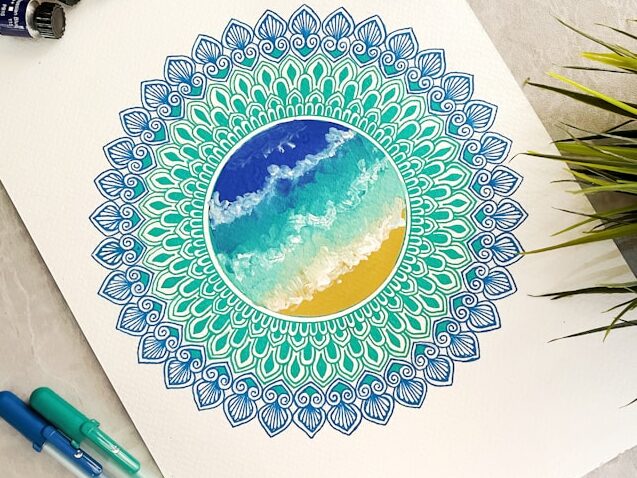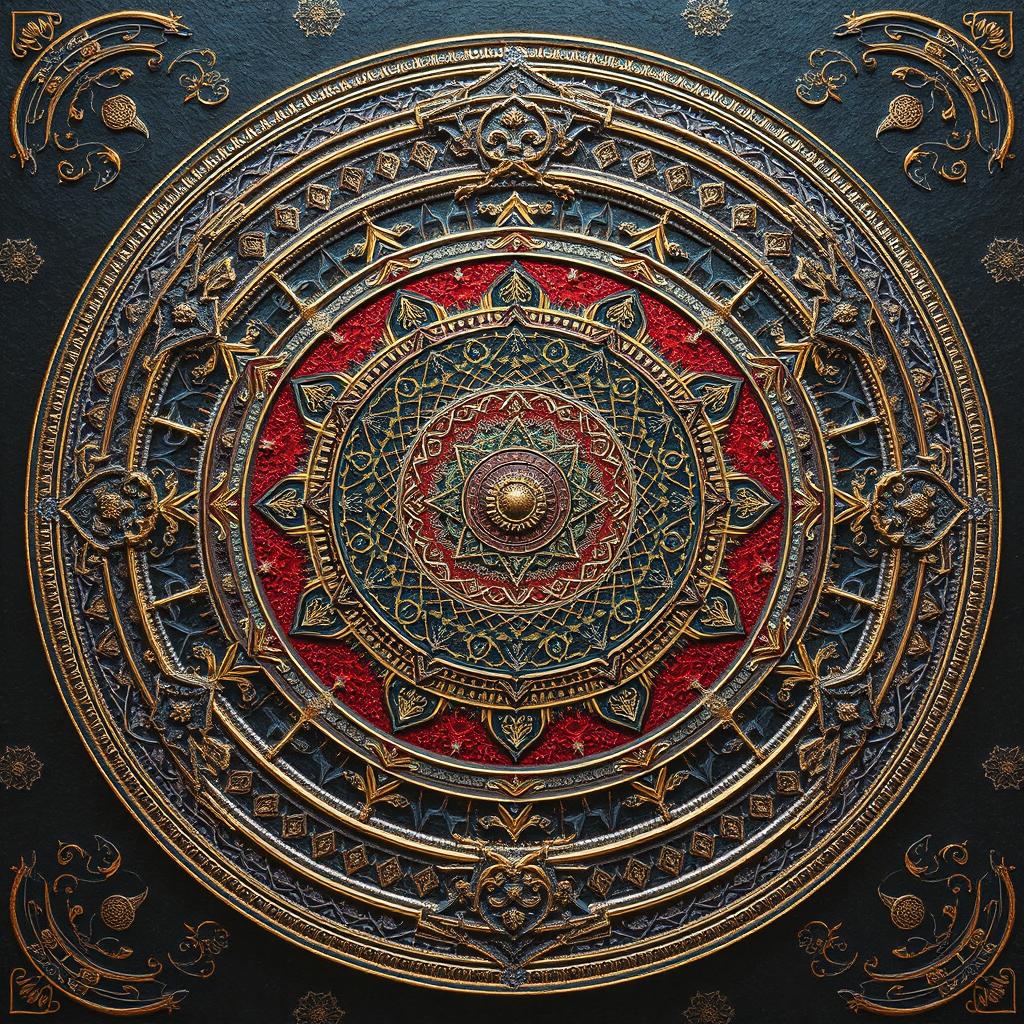The Psychology of Mandala: Carl Jung’s Insights & Healing Power
Mandalas have been used for centuries in spiritual and therapeutic practices. But did you know they also play a significant role in psychology? Carl Jung, the renowned Swiss psychiatrist, explored mandalas as tools for self-discovery, healing, and mental balance. In this blog post, we’ll dive into mandala psychology, Jung’s perspectives, and how mandalas influence the human mind.
What is a Mandala?
The word “mandala” comes from Sanskrit, meaning “circle” or “sacred center.” It is a geometric design, often circular, symbolizing unity, harmony, and the cosmos. Mandalas appear in various cultures—from Hindu and Buddhist traditions to Native American art—and are now widely used in art therapy and psychology.
Carl Jung & Mandala Psychology

Carl Jung, the founder of analytical psychology, was fascinated by mandalas. He believed they represented the psyche’s wholeness and used them in his therapeutic work.
Key Insights from Jung on Mandalas:
- Symbol of the Self – Jung saw mandalas as representations of the unconscious self, helping individuals integrate different aspects of their personality.
- Tool for Individuation – The process of individuation (becoming one’s true self) was supported by mandala creation, as it brought unconscious thoughts into awareness.
- Spontaneous Drawings – Jung observed that his patients often drew mandala-like images during times of emotional distress, suggesting a natural psychological healing mechanism.
- Archetypal Imagery – Mandalas are part of the collective unconscious, appearing across cultures as a universal symbol of balance and order.
How Mandalas Affect the Mind & Emotions
Modern psychology and neuroscience support Jung’s ideas, showing that mandalas have tangible effects on mental well-being:
1. Stress Reduction & Relaxation
- Coloring or drawing mandalas induces a meditative state, lowering cortisol levels (the stress hormone).
- Studies show that mandala art therapy reduces anxiety and promotes mindfulness.
2. Enhances Focus & Creativity
- The symmetrical patterns engage both brain hemispheres, improving concentration and creative thinking.
- Used in ADHD therapy to help with attention regulation.
3. Facilitates Emotional Healing
- Creating mandalas helps express emotions non-verbally, aiding in trauma recovery.
- Encourages self-reflection and emotional release.
4. Promotes Inner Balance
- The circular design symbolizes wholeness, helping individuals feel centered and grounded.
How to Use Mandalas for Psychological Benefits
Interested in harnessing the power of mandalas? Here are some practical ways:
1. Mandala Coloring Therapy
- Download or print mandala designs and color them mindfully.
- Focus on the process rather than perfection.
2. Drawing Your Own Mandala
- Start from the center and expand outward intuitively.
- Observe what symbols or colors emerge—they may reflect your subconscious.
3. Meditation with Mandalas
- Gaze at a mandala during meditation to enhance focus and inner peace.
4. Journaling Alongside Mandala Art
- Combine mandala creation with journaling to explore emotions and insights.
Conclusion
Mandalas are more than just beautiful art—they are powerful psychological tools. From Carl Jung’s analytical psychology to modern therapeutic practices, mandalas help reduce stress, enhance self-awareness, and promote mental harmony. Whether you color, draw, or meditate with them, integrating mandalas into your routine can lead to profound emotional and cognitive benefits.
Explore mandala therapy today and unlock your mind’s hidden balance!



